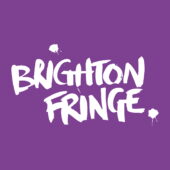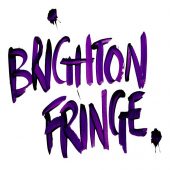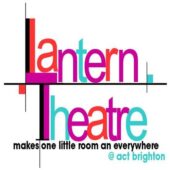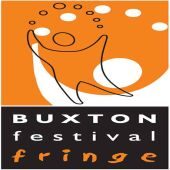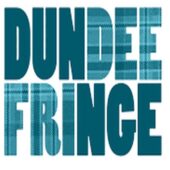Brighton Festival 2018
The Boy, the Piano and the Beach
Slot Machine Theatre
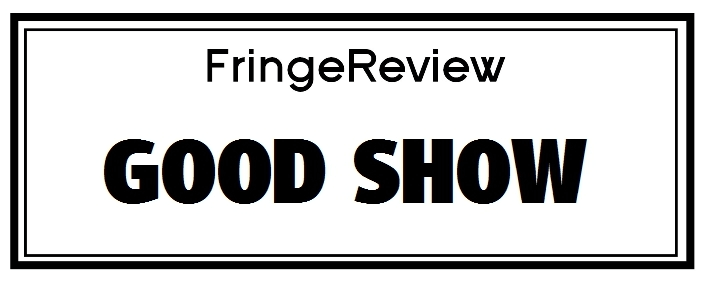
Genre: Children's Theatre, Dance and Movement Theatre, Music, Puppetry
Venue: Brighthelm Centre
Festival: Brighton Festival
Low Down
The Boy, the Piano and the Beach is a new show by Lewes Based Slot Machine Theatre, aimed at children of all ages from 6 years old upwards. It’s a wordless performance, combining puppetry, projection and dance. The whole story is set to live classical piano music.
Review
The story of the boy and his quest that takes him from the beach to the depths of the sea and back to the beach again was told through music, dance and puppetry. The scene was played out against a backdrop projected onto a stage set – which looked a bit like an altar and lectern in a modern Catholic church, but was actually designed to look like a white wav file with a golden line of silence through the centre. At points, the story moved from being live on the stage into the projection and then back again. This added to the sense of the boy’s quest through different dimensions. In addition, sometimes the dancers were lit so that they cast giant shadows on the sides of the room, increasing the atmosphere of epic otherworldliness.
The piece has an exquisite piano score covering a wide selection of classical music, most of it played live on a grand piano that has a prominent place in the performance area. The audience were divided from the performers by a simple line on the floor, so that the kids who sat up front were close to the pianists, the dancers/puppeteers and the world they created together.
Scene changes were marked by the end of one piece of music and the beginning of another, with the dancers flowing seamlessly between the different scenes, creating new environments and creatures with their bodies and movements. There were some moments of really skilful and exquisite dancing.
The performance covered a wide emotional range: at times it was playful, scary, tender, sad and hopeful. But it all moved along with a light and lyrical energy reflected in both the music and the props – a red gymnast’s ribbon was danger, hope was a light.
In fact, the performance was characterised by its clever and creative use of props. Deckchairs became funfair roundabouts and swings and then seagulls. Large sequined gloves became fish. Iridescent sheets undulated like jellyfish. The puppet boy himself was wonderfully expressive and tenderly handled – he felt human, especially when he looked at and interacted with the audience.
However, despite all these brilliant components, this felt like a good experiment that the Slot Machine Theatre hadn’t quite managed to pull off… yet.
In the programme, the show was billed as ‘a piece that showcased a wide variety of classical music – with the addition of a story told in visuals’. Unfortunately, the story did feel like an addition. Added to that, the energy of the performers and the whole piece felt turned in on itself rather than focused on the audience. Afterwards, when I asked about the set and heard the story of the wav file –I wondered if the concept had perhaps become just a bit too clever for itself.
All in all, the show would benefit from being less clever, less inwardly focused and much more about sending its energy outwards to connect to and – crucially – make magic with its audience.






